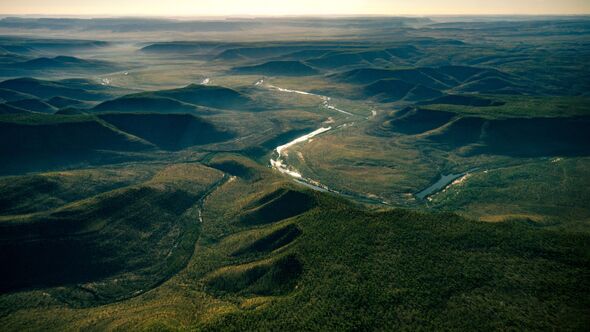2023 marked a record-hot year, leading to reduced water flows and extended droughts in various regions, according to the World Meteorological Organization (WMO).
In its “State of Global Water Resources” report released Monday, the WMO highlighted significant declines in rivers, lakes, reservoirs, groundwater, soil moisture, glaciers, and water evaporation from land and plants.
“We have never seen such a large area of the world experiencing such dry conditions. From the 33 years of data we analyzed, this was the driest year,” said WMO officials.
While southern America’s Amazon and Lake Titicaca faced widespread drought, other regions, such as parts of Oceania, experienced severe flooding.
The WMO chief emphasized the unpredictability of water resources. “Water is essential for life on this planet, but it can also be destructive. One of the key findings of this report is that water is increasingly erratic, leading to sudden floods and severe droughts. Climate change is a significant driver of these extreme conditions.”
In November 2023, heavy rains in the Horn of Africa resulted in flooding that claimed at least 130 lives, an event described by aid agencies as a flood occurring once every century.
The WMO urged for improved data collection and sharing to provide a clearer understanding of global water resources, enabling countries and communities to respond effectively to these challenges.

